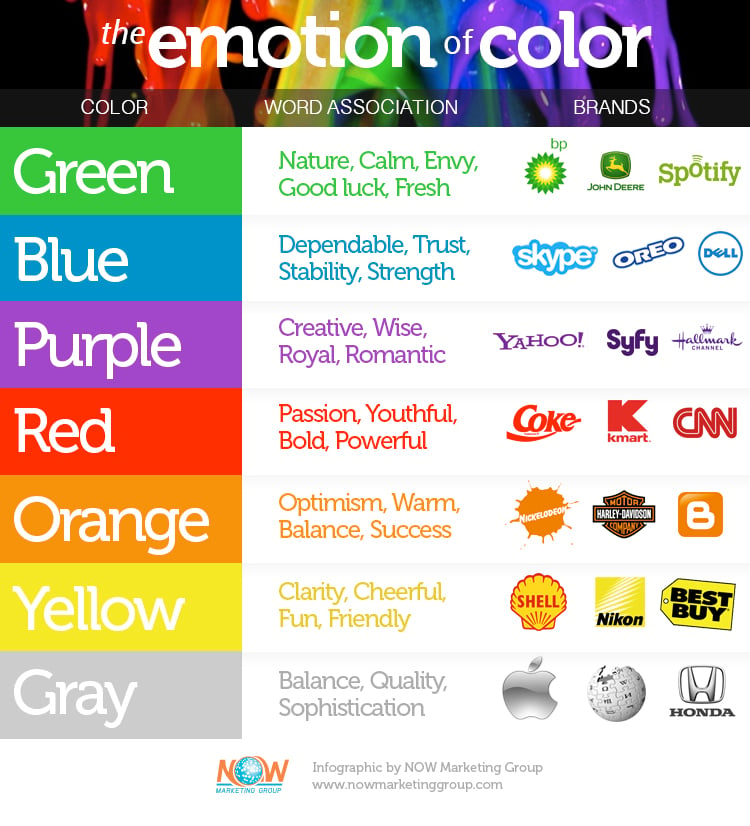
Ĭarl Jung is most prominently associated with the pioneering stages of color psychology in the 20th century. While Goldstein's hypothesis was never proven, his work encouraged further research into the physiological effects of color. Other researchers were unable to prove Goldstein's studies to be true, therefore, his hypothesis is considered inaccurate. However, wearing the colors green or blue calmed these symptoms. In one experiment, Goldstein claims that a woman suffering from a cerebral disease was prone to frequently falling over and wearing red significantly increased this. In his book, von Goethe describes the color yellow as "serene" and blue as a mixture of "excitement and repose." In 1942, Kurt Goldstein, a German neurologist, conducted a series of experiments on various participants to determine the effects of color on motor function. In 1810, German poet Johann Wolfgang von Goethe published Theory of Colors, a book explaining his beliefs on the psychological nature of color. One of the earliest medical documents, the Huangdi Neolignane Ching, documents color diagnoses associated with color healing practices.

The ancient Egyptians documented color "cures" using painted rooms or sunlight shining through crystals as therapy. According to Jung, "colours are the mother tongue of the subconscious." īefore there was color psychology as a field, color was being used for centuries as a method of treatment as early as 2000 BC. Carl Jung has been credited as one of the pioneers in this field for his research on the properties and meanings of color in our lives. The field of color psychology applies to many other domains such as medical therapy, sports, hospital settings, and even in game design. Logos for companies are important, since the logos can attract more customers. Marketers see color as an important factor, since color can influence a consumers' emotions and perceptions about goods and services.

Ĭolor psychology is also widely used in marketing and branding. Although color associations can vary contextually between cultures, color preference is thought to be relatively uniform across gender and race. How color influences individuals may differ depending on age, gender, and culture. Colors have qualities that can cause certain emotions in people. Color influences perceptions that are not obvious, such as the taste of food.


The diagram matches twelve colors to human occupations or their character traits, grouped in the four temperaments: * choleric (red/orange/yellow): tyrants, heroes, adventurers * sanguine (yellow/green/cyan) hedonists, lovers, poets * phlegmatic (cyan/blue/violet): public speakers, historians * melancholic (violet/magenta/red): philosophers, pedants, rulersĬolor psychology is the study of hues as a determinant of human behavior. The "rose of temperaments" ( Temperamenten-Rose) compiled by Goethe and Schiller in 1798/9. Study of influence of color on human behavior


 0 kommentar(er)
0 kommentar(er)
